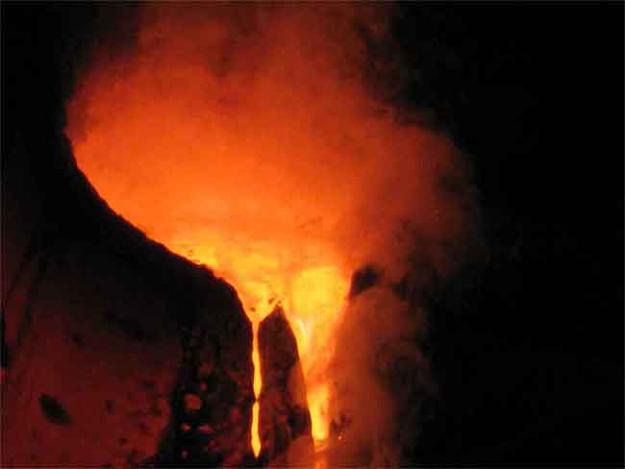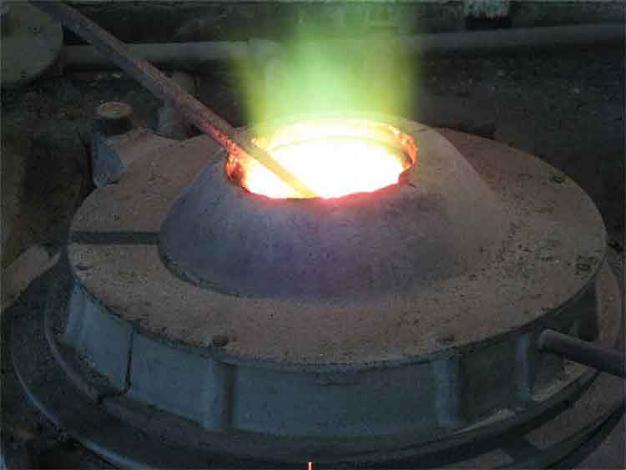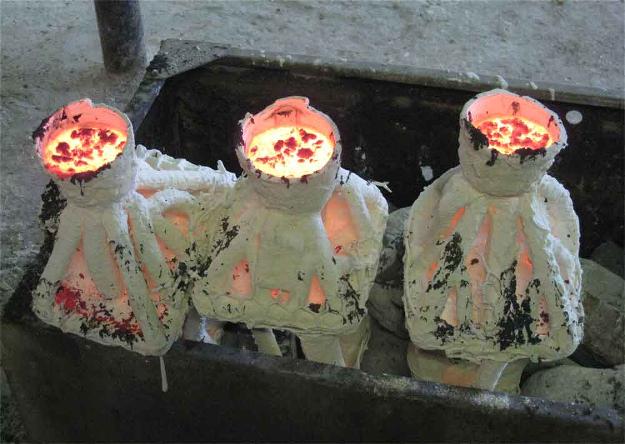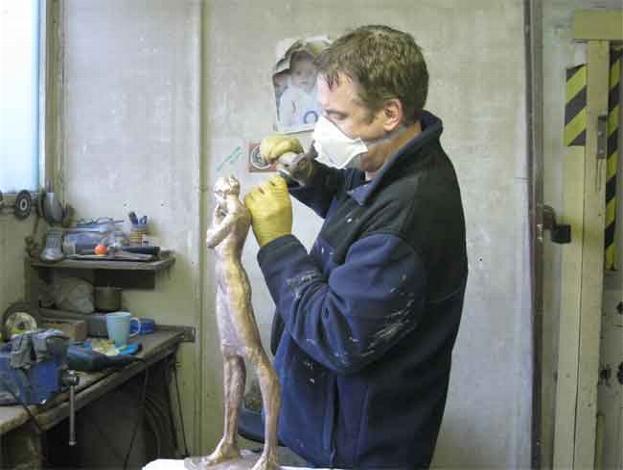SERVICES

|  |

At Art Bronze we use the lost-wax casting method, which has barely changed in principal over the last 2000 years. It is the method by which an artist's model undergoes a number of processes in order to turn it into a hollow bronze. |
MOULDINGAn artist delivers their piece to us in either clay, plaster, stone, or any material that can be moulded. Silicone rubber is applied to the surface, which picks up all the details of the model. Joints are made to enable the mould to be released easily. On a head for instance, the joint will be from the middle of the side of the neck, up around the ears, over the middle of the hair and down to the equivalent point on the opposite side. Once the rubber has cured, a plaster jacket is formed around it to keep it in shape. |
|
At Art Bronze we mould using high quality silicon rubber, which can last up to 30 years if well looked after. All moulds become the property of the artist and can either be taken away or left with us should more castings be needed.
CREATING THE WAX REPLICAMolten wax is carefully painted or swilled into the negative of the model now formed by the rubber. The wax is thickened to around 5 to 8 mm. All parts of the mould are then secured together, and more wax is run around the seams, sealing them. Once the wax has set and cooled, the plaster jackets and rubber moulds are peeled away, leaving a positive hollow replica in wax of the model. All seams are removed and details checked. The artist is called in at this stage to check over the piece and to do any adjustments. |
| |
|
|
|
| At Art Bronze we colour all our waxes scarlet, the traditional and favoured tone, so that detail and form can be easily seen by the artist at this stage. We are happy to cast an artist's own waxes as long as they are made of casting wax as some modelling waxes do not combust sufficiently for the lost-wax process and will fail to cast in bronze. |
INVESTMENT
| The wax is then gated up, whereby solid wax runners or sprues are attached in order to create a feeding system for the bronze. The sprues are brought together at a chosen point above the piece, and attached to a polystyrene cup. If there are no openings in the wax, small patches are cut out at various points. The wax is then dipped in ceramic shell mixture, which has a creamy texture and which covers the surface both outside and inside via the open patches. It also covers the sprues and the cup, creating one continuous surface, or shell. |
|
|
|
| After each dip the wet surface is sprinkled with progressively coarser grades of molochite, which create a very strong shell. Once the thickness is sufficient, the cup is opened, exposing the polystyrene. The mould is then placed in a kiln at around 650 C where the wax model and sprues melt away leaving a hollow negative cavity within what is now an extremely tough shell. At Art Bronze our ceramic shell material is molochite, which gives a superior casting surface and owing to its quick-drying time, gives short turn-around times from wax stage to bronze stage. We sprue or gate our waxes using as few sprues as possible and attach them to areas of the wax where they will be easiest to remove and interfere the least with the original modelling. We use no core pins, eliminating the chance of rust spots appearing where a pin has not been properly removed. |
|
|
CASTINGThe mould is brought from the kiln and placed carefully in the casting area. Impurities are scraped from the surface of the molten bronze prior to pouring. Bronze which has been melted to around 1000C is then quickly poured into the cup, flowing down the hollow feeding system left by the sprues and into the cavity left by the hollow wax. Thus a positive bronze is created and as it cools, the shell weakens and can be removed in a bead blasting cabinet. |



| At Art Bronze we use LG2 bronze or gun metal. We find this to be a superior casting metal high in copper and therefore very suitable for the high quality and traditional patinations offered by us. |


CHASING
| The first step is to remove all signs of the sprues and to remove any shell from inside the piece. All patches can then be welded in and dressed through the use of hand tools to become invisible. All detais are studied and any imperfections from the casting process are removed. At this stage, the craftsmen may refer to the original model and when he is satisfied will call the artist to check the work prior to patination. Larger pieces are often cast in sections, which are then welded together and the joints are again chased to make them blend in with the prevailing modelling. At Art Bronze all pieces are hand-finished and chased using traditional method. We preserve the casting surface and avoid the over-use of machine of air tools favoured by many foundries, which often strip the bronze of subtle modelling and detail. |

PATINATION
| This is the process of colouring the bronze. A variety of different chemicals can be used in order to create shades of brown, black, green, blue, red, yellow and white. The craftsmen uses a heat source as the chemical is applied, carefully getting an even reaction over the entire piece and may include subtle variations according to the artist's wishes. |

| Once the patina is done, wax is applied to the surface to seal it and to enable a shine to be obtained with a cloth. This is when the real beauty of bronze can be truly appreciated. At Art Bronze all patinations are produced traditionally and honestly through the use of chemicals and heat. We use no pigments, paints or colourants. We welcome artists to be involved at this stage, when they can see the patina developing, as it enables us to achieve patinas that are exactly to their liking. All patinas are sealed with clear wax polish containing no pigments or colourants. |










